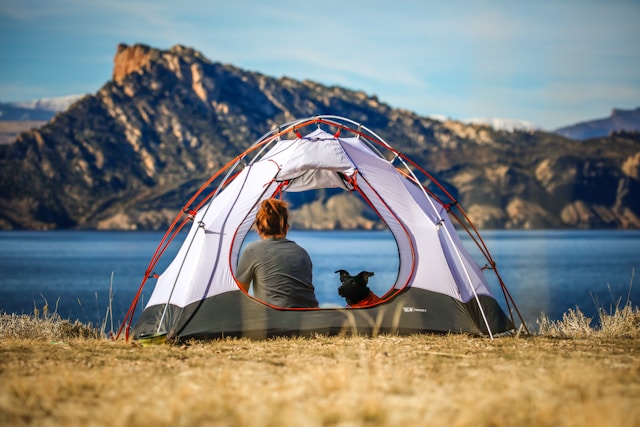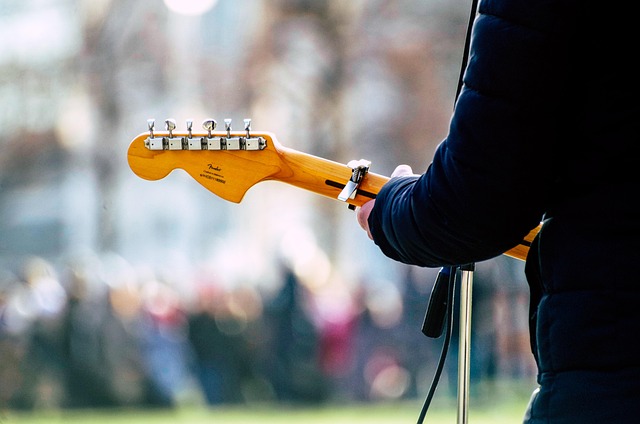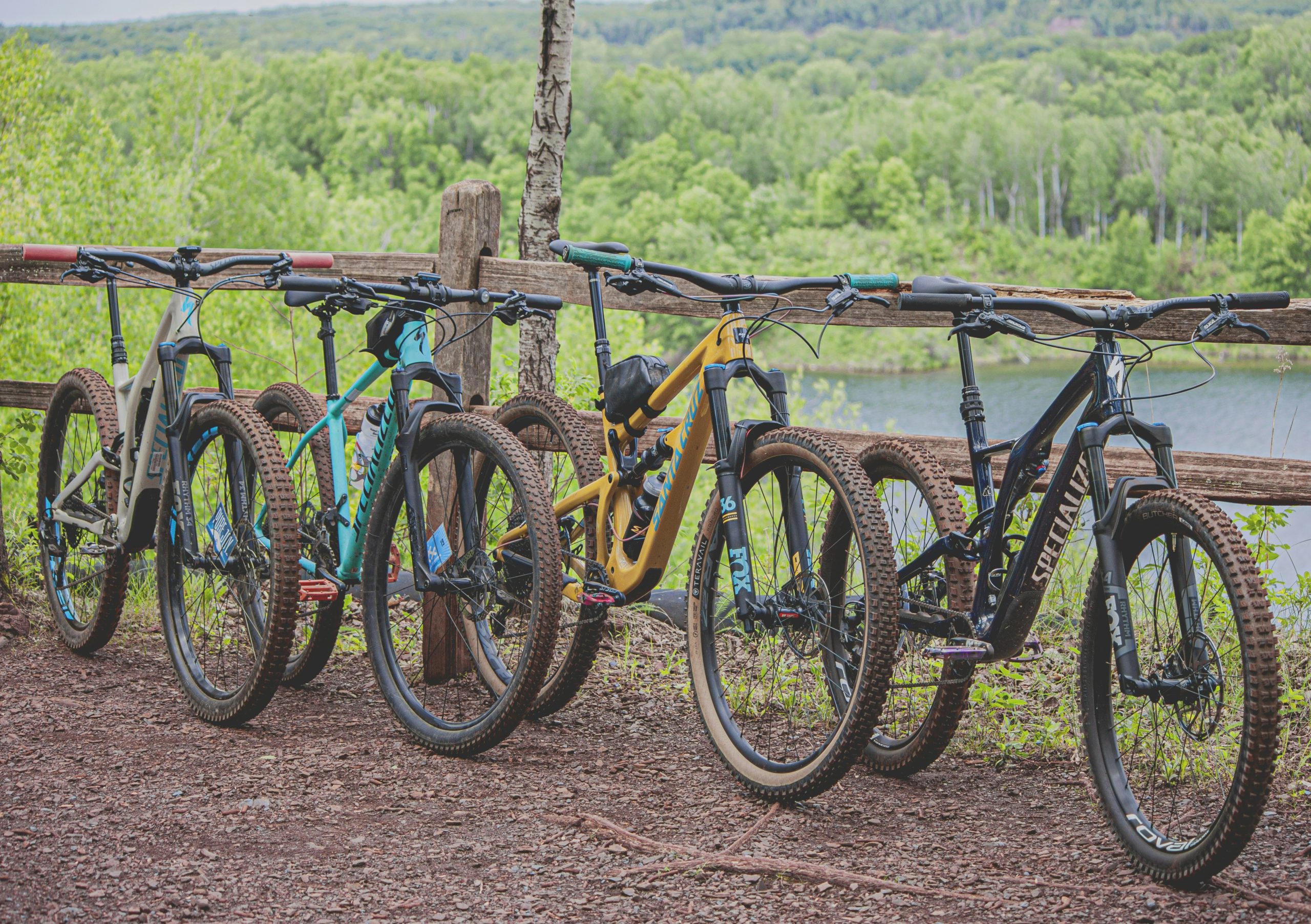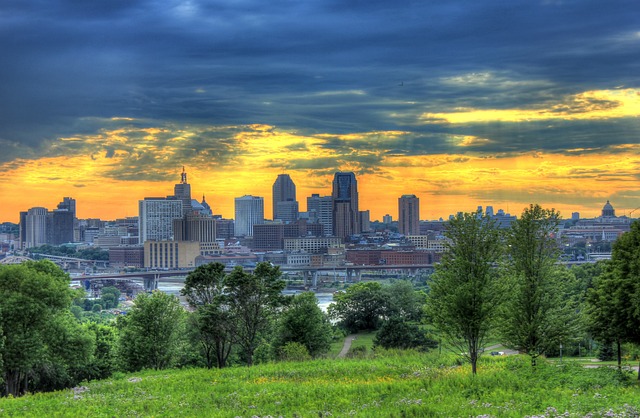Preparing for a camping trip in Minnesota offers a wonderful opportunity to experience the state’s abundant natural beauty. However, a successful camping trip requires thoughtful planning and preparation. From packing the right gear to knowing what to expect from the local climate and wildlife, there’s a lot to consider. This guide will walk you through the essential steps to ensure your Minnesota camping adventure goes off without a hitch.
Choose the Right Campsite
Minnesota is home to many breathtaking camping destinations, from the iconic Boundary Waters Canoe Area Wilderness to the numerous state parks dotted across the state. Before you head out, consider what kind of experience you want. Whether you’re after backcountry camping, car camping, or something more luxurious like glamping, Minnesota has it all. Popular sites include:
- Voyageurs National Park – Ideal for water-based camping
- Itasca State Park – Famous for the Mississippi River headwaters
- Tettegouche State Park – Offers rugged hiking and scenic views of Lake Superior
Make sure to reserve your campsite early, especially during peak seasons (summer and fall). Minnesota’s state parks often fill up quickly, and some campgrounds require advance permits. We could bet that most of you plan your vacations in advance, but for those who don’t, please consider this and take actions accordingly.
Plan for the Weather
Minnesota’s weather can be unpredictable, especially in spring and fall. Summers are warm but can also bring sudden thunderstorms. Always check the local weather forecast before heading out, and pack layered clothing to adapt to changing conditions. Here’s a quick guide to weather prep:
| Season | Temperature Range | Potential Challenges |
| Spring (Mar-May) | 35°F to 65°F | Cold nights, rain showers |
| Summer (Jun-Aug) | 60°F to 85°F | Humidity, thunderstorms, mosquitoes |
| Fall (Sep-Nov) | 40°F to 70°F | Early frosts, fluctuating temps |
| Winter (Dec-Feb) | 0°F to 30°F | Extreme cold, snowstorms |
Pack Essential Gear
Packing smart is key to an enjoyable camping trip. Cooking and food supplies, shelter and sleeping gear, and navigation resources are just a few of the things you’ll have to consider. To make things easier for you, we’ve included a checklist of essential camping gear for Minnesota:
| Shelter & Sleeping Gear | Cooking & Food Supplies | Safety & Navigation | Personal Essentials |
| A tent that’s weatherproof and can handle potential rain or wind. | A portable stove or grill Some campsites have fire pits with grills, but it’s always best to bring your own. | Bring a first aid kit, including bandages, antiseptic wipes, pain relievers, and any personal medications. | Minnesota summers are notorious for mosquitoes and ticks. Pack a strong DEET or picaridin-based repellent. |
| A three-season sleeping bag is ideal for most of the year, but if camping in early spring or late fall, opt for one rated for colder temperatures. | Bring a cooler to keep food fresh and safe from wildlife. Non-perishable foods – e.g., high-energy snacks like trail mix or granola bars – are also essential. | Even if you have a GPS, it’s good to have a physical map or a compass in case batteries die. | Even in cooler weather, UV rays can be strong, so pack sunscreen and sunglasses. |
| A sleeping pad or air mattress is essential for insulation from the ground and comfort. | Many campsites don’t have potable water, so pack a water filter or purification tablets if you’re near a water source. | Flashlights and extra batteries are essential for navigating your campsite at night. | Always opt for environmentally friendly products such as biodegradable soap and toiletries to protect Minnesota’s pristine water sources. |
Wildlife Awareness
Minnesota’s wilderness is home to a variety of wildlife, including black bears, wolves, and moose. While encounters are rare, it’s crucial to follow safety tips. For example, you should always store food and scented items (toothpaste, sunscreen) in bear-proof containers or your car. Never leave food unattended in your campsite. If you see a black bear, back away slowly—never run. Most bears are shy and will leave you alone if you don’t approach them.
We also have an important wildlife viewing tip for you. Dawn and dusk are the best times for spotting animals like deer or moose. If this is something that interests you, make sure to bring binoculars for safe wildlife viewing from a distance. Never get too close to the animals as you woudn’t want to put your life in jeopardy.
Know the Rules & Regulations
Minnesota’s state parks and campgrounds often have specific rules to preserve the natural environment and ensure safety. You should always pack out what you pack in. Dispose of waste properly and respect wildlife. In addition, fire bans may be in place during dry periods, so check for restrictions before you go. Finally, some backcountry areas, like the Boundary Waters, require permits, which often sell out in peak season, so plan ahead.
Conclusion
A camping trip in Minnesota is your gateway to scenic landscapes, star-filled skies, and a deep connection with nature. By preparing ahead of time—whether it’s packing the right gear, staying aware of wildlife, or understanding the local weather—you can ensure a safe, enjoyable, and memorable outdoor adventure.




